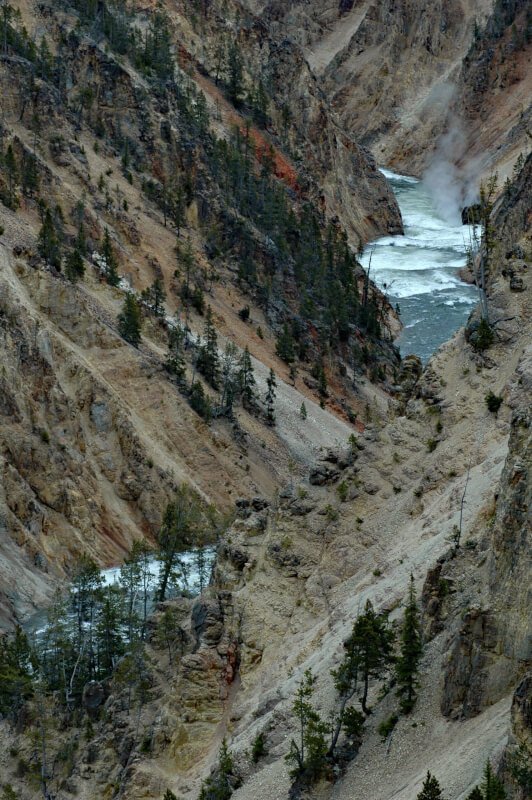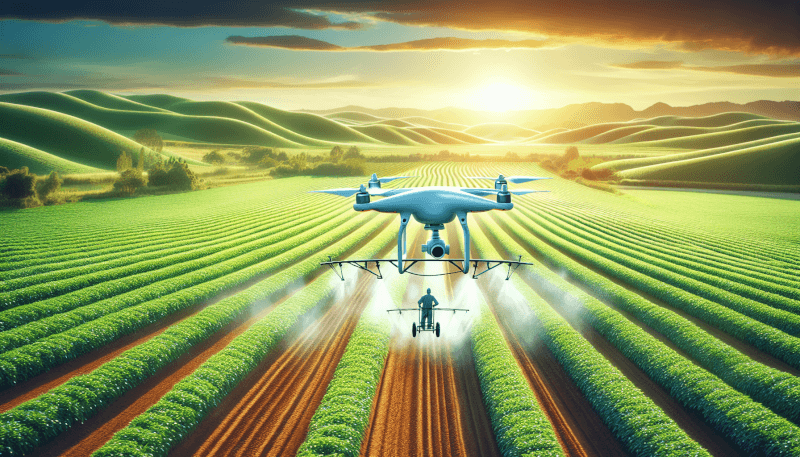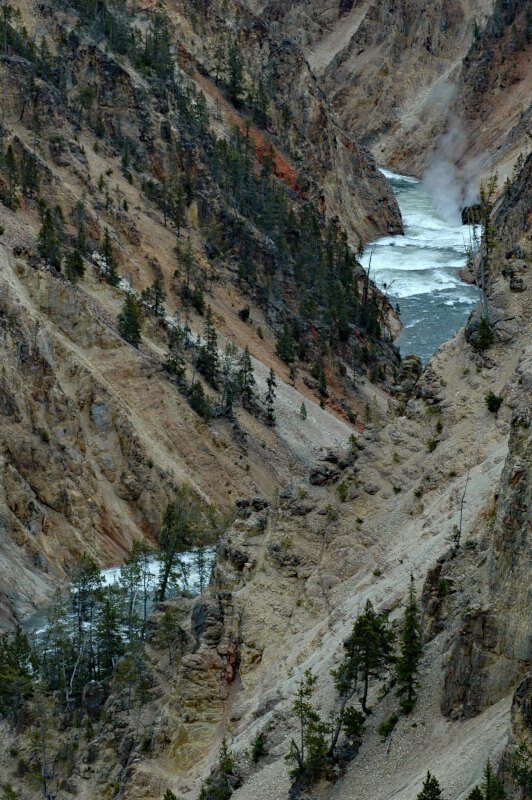Imagine a world where farmers have the ability to monitor their crops from the sky, spotting potential issues and optimizing their yield effortlessly. This is no longer a far-fetched idea, thanks to the rapid advancement of drone technology. Drones are revolutionizing the agriculture industry in more ways than one, transforming traditional farming practices into a more efficient and effective process. From crop monitoring to precision spraying, these unmanned aerial vehicles are allowing farmers to take their operations to new heights. In this article, we will explore five key ways in which drones are changing the face of agriculture, and how farmers can harness their potential to unlock a world of possibilities.

Increase Efficiency in Crop Monitoring
Real-Time Data Collection
Drones are revolutionizing crop monitoring by providing real-time data collection. With the ability to capture high-resolution aerial images, drones offer farmers an overview of their entire field, allowing them to identify areas of concern quickly. The data collected can include information on crop health, growth patterns, and potential stressors. This real-time data enables farmers to make informed decisions and take necessary actions promptly.
Identifying Crop Stress
Crop stress is a major concern for farmers, as it can significantly impact crop yield and quality. Drones equipped with advanced imaging sensors can detect signs of crop stress such as nutrient deficiencies, pest infestations, and diseases. By identifying these stressors early, farmers can take targeted measures to address the issues and mitigate potential damage. With the help of drones, crop stress can be managed more efficiently, leading to healthier and more productive crops.
Detecting Pests and Diseases
Pest and disease management is essential for maintaining the health and productivity of crops. Drones equipped with specialized cameras and sensors can detect pest infestations and diseases, even before they are visible to the naked eye. By identifying these issues early on, farmers can take prompt action to prevent the spread of pests and diseases, reducing the need for extensive chemical interventions. This not only saves time and resources but also promotes environmentally friendly practices in agriculture.
Optimizing Irrigation
Water management is a critical aspect of crop cultivation, and inefficient irrigation practices can lead to water wastage and reduced crop yields. Drones with thermal imaging cameras can assess the moisture levels in fields, allowing farmers to optimize their irrigation practices. By identifying areas with excessive or insufficient moisture, farmers can adjust their irrigation systems accordingly to ensure that crops receive the right amount of water. This not only conserves water but also improves crop health and overall productivity.
Mapping and Analyzing Field Conditions
Accurate field mapping and analysis are crucial for making informed decisions regarding crop cultivation. Drones equipped with high-resolution cameras and GPS technology can create detailed maps of fields, providing valuable insights into soil conditions, topography, and vegetation cover. These maps can help farmers identify areas that require attention, such as soil erosion-prone regions or areas with poor nutrient levels. With this information, farmers can implement targeted strategies for field management and make data-driven decisions to maximize productivity.

Precision Farming and Spraying
Accurate Crop Spraying
Precision farming involves the precise application of agricultural inputs, such as pesticides and fertilizers, to maximize their effectiveness while minimizing wastage. Drones equipped with sprayers can spray crops more accurately and efficiently compared to traditional ground-based methods. The ability to access difficult-to-reach areas and adjust spray dosage according to specific crop requirements ensures targeted application and reduces chemical runoff, resulting in cost savings and reduced environmental impact.
Targeted Fertilizer Application
Applying fertilizers in a targeted manner is essential for optimizing crop growth and preventing nutrient leaching. Drones equipped with sensors and imaging technology can analyze crop health and nutrient levels, allowing farmers to apply fertilizers precisely where they are needed. By avoiding excessive fertilizer usage, farmers can reduce nutrient runoff into water bodies and minimize environmental pollution. Additionally, targeted fertilizer application helps farmers save costs by using fertilizers more efficiently.
Weed Identification and Management
Weeds compete with crops for nutrients, water, and sunlight, and their uncontrolled growth can result in significant yield losses. Drones equipped with advanced imaging technology can identify and map weed-infested areas accurately. This information enables farmers to implement targeted weed management strategies, such as precision spraying or mechanical removal, reducing the need for herbicides and manual labor. By effectively managing weeds, farmers can improve crop yields, optimize resources, and reduce environmental impact.
Crop Health Assessment
Monitoring crop health is crucial for timely intervention and disease prevention. Drones equipped with multispectral or hyperspectral cameras can capture detailed images of crops, allowing farmers to assess their health more accurately. By analyzing the spectral signatures of crops, these drones can detect early signs of stress, nutrient deficiencies, or diseases. Farmers can then take prompt action, such as adjusting nutrient levels or applying pesticides selectively, to prevent further damage and improve crop health.
Automated Irrigation Systems
Efficient irrigation is essential for crop growth, but manual monitoring and adjustment can be time-consuming and costly. Drones equipped with sensors and advanced irrigation systems can automate the irrigation process based on real-time field data. By monitoring soil moisture levels and crop needs, these drones can adjust irrigation schedules and amounts accordingly. This automation eliminates the need for manual intervention, reduces water wastage, and ensures that crops receive optimal irrigation, leading to improved water use efficiency and crop productivity.

Improved Crop Planting and Maintenance
Seed Planting and Distribution
Effective crop planting begins with accurate seed placement and distribution. Drones equipped with precision seeders can plant seeds at precise locations in the field, ensuring optimal spacing and uniformity. This technology eliminates the need for manual labor and reduces the risk of human error in seed placement. Additionally, drones can distribute seeds in areas that are inaccessible or difficult to reach, such as steep slopes. This improves overall planting efficiency and contributes to higher crop yields.
Monitoring Plant Growth and Development
Tracking the growth and development of crops is crucial for optimizing agricultural practices and predicting yield. Drones equipped with advanced imaging sensors can capture high-resolution images of crops at various growth stages. This data can be analyzed to monitor plant growth, detect abnormalities, and identify areas that may require additional attention. By closely monitoring crop development, farmers can make informed decisions regarding irrigation, fertilization, and pest management, leading to improved crop health and yield.
Early Detection of Plant Health Issues
Detecting plant health issues early on is essential for preventing the spread of diseases and addressing potential nutrient deficiencies. Drones equipped with multispectral or hyperspectral cameras can capture detailed images of crops, allowing farmers to identify subtle changes in plant health. By analyzing these images, farmers can detect early signs of stress, diseases, or nutrient deficiencies and take timely action. Early intervention improves the chances of successful treatment and prevents significant crop losses.
Weed and Pest Control
Weed and pest management play a crucial role in maintaining crop health and productivity. Drones equipped with specialized cameras and sensors can identify weed-infested areas and pest hotspots, even before they become visible to the naked eye. This early detection allows farmers to implement targeted control measures, such as selective herbicide application or biological pest control, reducing the need for widespread chemical interventions. Effective weed and pest control not only saves resources but also promotes sustainable and environmentally friendly farming practices.
Crop Maintenance and Harvesting
Drones offer valuable assistance in crop maintenance and harvesting operations. With the ability to carry payloads, drones can transport lightweight tools and equipment to the fields, reducing the need for manual labor. This not only saves time but also minimizes the physical strain on farmers. Drones can also be used to monitor harvesting processes, ensuring efficient and uniform crop collection. By incorporating drones into crop maintenance and harvesting operations, farmers can improve overall efficiency and productivity while reducing labor costs.



